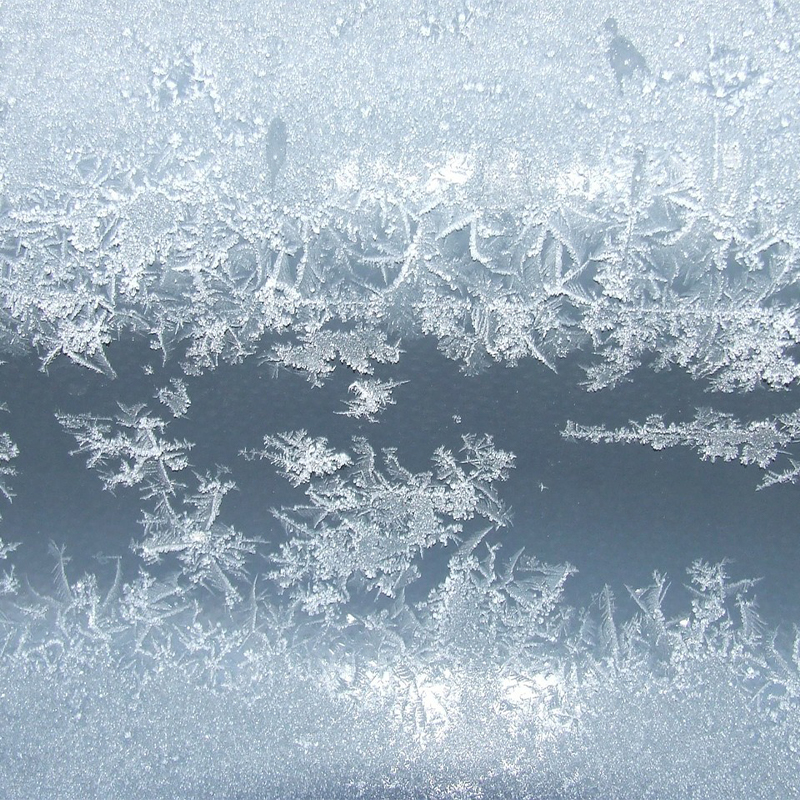Status: Complete
This experiment tested the hypothesis that water exposed to distant intentions affects the aesthetic rating of ice crystals formed from that water. Over three days, 1,900 people in Austria and Germany focused their intentions towards water samples located inside an electromagnetically shielded room in California. Water samples located near the target water, but unknown to the people providing intentions, acted as ‘‘proximal’’ controls. Other samples located outside the shielded room acted as distant controls. Ice drops formed from samples of water in the different treatment conditions were photographed by a technician, each image was assessed for aesthetic beauty by over 2,500 independent judges, and the resulting data were analyzed, all by individuals blind with respect to the underlying treatment conditions. Results suggested that crystal images in the intentionally treated condition were rated as aesthetically more beautiful than proximal control crystals (p < 0.03, one-tailed). This outcome replicates the results of an earlier pilot test.
See related Research Paper: Double-Blind Test of the Effects of Distant Intention on Water Crystal Formation
Co-investigator(s): Masaru Emoto, Takashige Kizu, Nancy Lund
